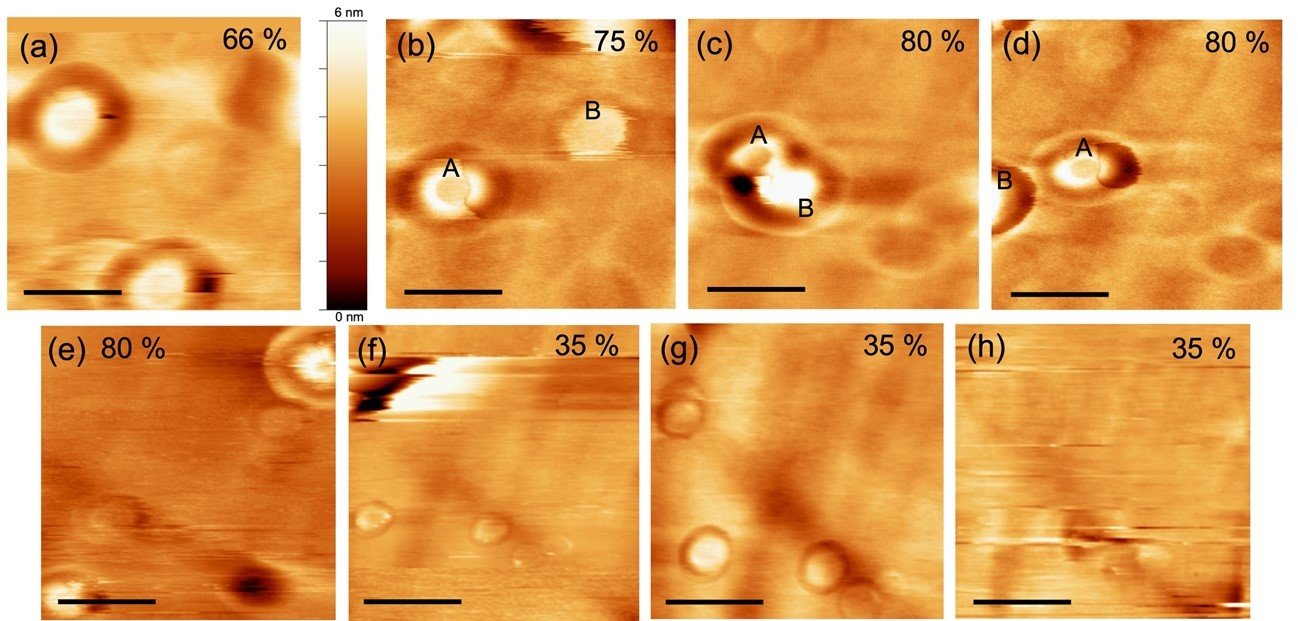2024-05-29 ブラウン大学
<関連情報>
- https://www.brown.edu/news/2024-05-29/lunar-topography
- https://iopscience.iop.org/article/10.3847/PSJ/ad41b4
LOLAおよびLROC NACデジタル標高モデルの陰影による形状精密解析: 今後の人間とロボットによる月探査への応用 Shape-from-shading Refinement of LOLA and LROC NAC Digital Elevation Models: Applications to Upcoming Human and Robotic Exploration of the Moon
Benjamin D. Boatwright and James W. Head
The Planetary Science Journal Published: 2024 May 28
DOI:10.3847/PSJ/ad41b4

Abstract
The Lunar Reconnaissance Orbiter (LRO) has returned a wealth of remotely sensed data of the Moon over the past 15 years. As preparations are under way to return humans to the lunar surface with the Artemis campaign, LRO data have become a cornerstone for the characterization of potential sites of scientific and exploration interest on the Moon’s surface. One critical aspect of landing site selection is knowledge of topography, slope, and surface hazards. Digital elevation models derived from the Lunar Orbiter Laser Altimeter (LOLA) and Lunar Reconnaissance Orbiter Camera (LROC) instruments can provide this information at scales of meters to decameters. Shape-from-shading (SfS), or photoclinometry, is a technique for independently deriving surface height information by correlating surface reflectance with incidence angle and can theoretically approach an effective resolution equivalent to the input images themselves, typically better than 1 m per pixel with the LROC Narrow Angle Camera (NAC). We present a high-level, semiautomated pipeline that utilizes preexisting Ames Stereo Pipeline tools along with image alignment and parallel processing routines to generate SfS-refined digital elevation models using LRO data. In addition to the present focus on the lunar south pole with Artemis, we also demonstrate the usefulness of SfS for characterizing meter-scale lunar topography at lower equatorial latitudes.



